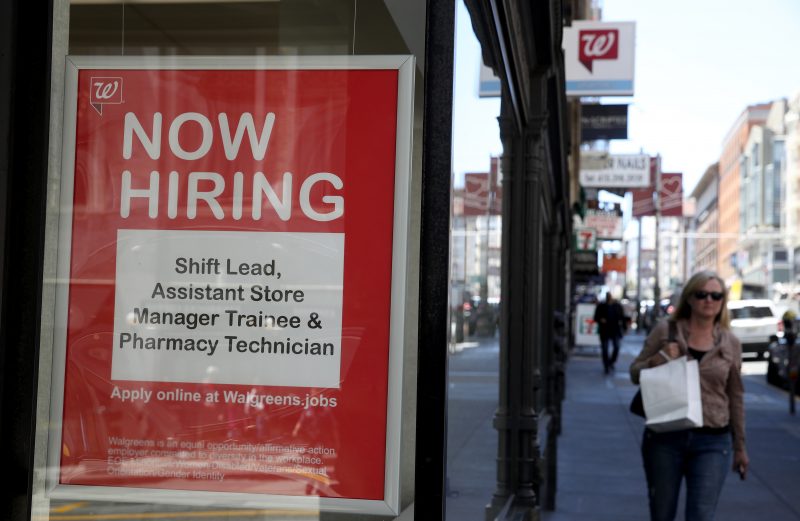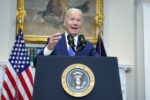US hiring soars in June, quieting fears of a slowdown
Hiring surged in the US which may generate doubts about an expected interest rate cut by the Federal Reserve (JUSTIN SULLIVAN)
Washington (AFP) – US job creation roared back to life in June, wiping away fears of a slowdown as employers rushed to hire in transportation, construction and other areas, the government reported Friday.
After an unexpectedly weak May, the vigorous June rebound should quiet talk of a steep drop-off in economic activity and delight President Donald Trump as he prepares to seek reelection next year.
But it could disappoint stock markets, which had been banking on an interest rate cut from the Federal Reserve following a batch of soft economic data.
That rate cut, expected later this month, could now be in doubt — setting up a potential clash with Trump, who has lambasted the central bank and loudly called for easier monetary policy.
Trump recently likened the Fed to a “stubborn child” for dragging its feet on a rate cut to boost the economy.
The US economy added 224,000 net new jobs last month, smashing forecasts, the Labor Department said in the closely-watched report.
The unemployment rate ticked up to 3.7 percent as more workers stepped off the sidelines to enter the labor force.
Employers added workers in construction, financial services, education, business services, transportation and warehousing, following a disappointing May, when job gains slowed to just 72,000.
Wall Street futures fell sharply following the strong June jobs data.
– Rising wages, tame inflation –
There were weak spots, however. Auto manufacturing contracted again, though marginally, meaning it has been down for five of the last eight months. The retail sector’s woes also continued, shedding another six thousand workers in the fifth straight month of losses.
And even with the latest gains, average job creation in the first half of this year has slowed to 172,000 a month, from the 223,000 in all of 2018.
Wage growth in June also fell short of expectations, as average hourly earnings rose 0.2 percent to $27.90 an hour, slower than the 0.3 percent economists had been expecting.
But worker pay was up 3.1 percent compared to the same month last year, and has been at or above three percent for 11 straight months, steadily outpacing inflation and delivering more purchasing power to wage earners.
Meanwhile, more people came off the sidelines to look for work, making the labor force participation rate — the share of people available for work compared to the general population — rise a tenth of a point to 62.9 percent, helping reverse some of the sharp recent declines.
That helped drive the jobless rate back up to 3.7 percent, still very low by historical standards.
Employers across the country have been complaining for months about the shortage of available and qualified labor and reporting that they have had to increase benefits and offer more training to retain workers.
But so far the extended run of historically low unemployment in recent years has yet to generate meaningful gains in inflation, leaving economists perplexed.
Federal Reserve Chairman Jerome Powell has said that transitory factors largely explain the weak inflation, and the central bank expects the inflation to pick up as the economy continues to grow.
The Fed last month opened the door to an interest rate cut amid rising uncertainties about the economy, including Trump’s multifront trade conflicts, but the strong job gains could delay a move.
Disclaimer: Validity of the above story is for 7 Days from original date of publishing. Source: AFP.


